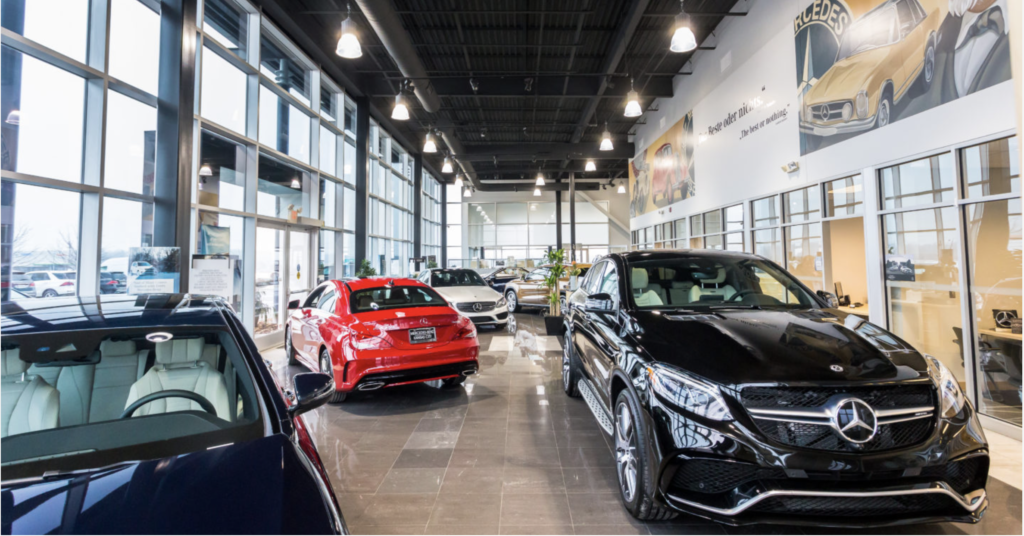It’s time for you to take a crash course in SEO to learn what you need to do to make sure your dealer website ranks where you want it to.
Whether you’re opening a new car dealer location or you want to improve the online presence of your dealership, you need to understand what can help your website rank closer to the top of the search engines. SEO stands for Search Engine Optimization and it helps you become more visible to your potential customer base. Let’s get started on your course.
What is SEO?
You know what the letters in SEO stand for, but what does this mean. SEO is the practice of optimizing a webpage to be analyzed by search engines and displayed in the results of a search query. Google, Yahoo, and Bing are programmed to present the best possible source of an answer to a search term to make sure the most relevant information is at the top of the list. These results make a difference because the top three results in Google receive more than 60 percent of the traffic for any search term.
Why Take a Crash Course in SEO for Your Dealership?
The average car buyer spends more than twelve hours researching cars online. The closer they are to the decision to buy a car, the more important it is that your dealership is in the mix for their consideration. Having proper SEO strategies in place for your website will help drive customers to your website through essential organic search traffic. Once they find you online, they are more likely to find their way to your doorstep.
How Does SEO Work?
Search engines use complex automated algorithms to continuously crawl the internet and analyze the pages that are presented. The search engines analyze the code of each page and rank them accordingly. These rankings are based on relevance and popularity but the algorithm is much more complex and composed of hundreds of variables that influence the ranking of a website page. These variables aren’t all shared among digital companies, but these companies can understand most of them.
Design
Part of the crash course in SEO has to do with creating a pleasant design that will help your pages rank higher. This is essential for an algorithm to rank your site where it should be. If your pages are sloppy, shoddy, or load slowly, they will not rank as high as they will on pages that load quickly and are easy to use because of the impressive design. Search engines are made to weed out bad sites with bad designs because the user experience is an important factor in ranking pages.
Keywords
Most people think of keywords as soon as they hear “SEO” which is good because keywords are immensely important to the ranking of a website. They are also pretty complicated, which is why they are included in this crash course in SEO. You need to have keywords in several areas of the page but you don’t want to put them in too often (keyword stuffing) otherwise your page will lose its relevance. If keywords take up between two and three percent of your overall word count for a page, you’ll be in pretty good shape.
Meta Titles
Meta titles don’t appear on your page but they are written into the code and are what appear on the search engine results page. There is a limit to the length of a meta title and you need to make sure your titles aren’t too long or too short when you create them. The keyword of your page should be included in the meta title of each page.
Meta Description
The meta description of the page is a segment of text that will show up on search engine results pages to give you a little of what the page has to offer. You should have the keyword in the meta description and offer a good, clear description of the information contained in the text. If the keyword used for the search is included in the meta description, the page will almost always be shown on the Google pages.
Headings and Alt Tags
Headings are used to break up the page into sensible and easy-to-read paragraphs with headings. Headings in HTML go from H1 to H6 and give the breaks needed. Alt tags are used to offer alternative text for images to ensure those that are vision-impaired can understand what’s in an image. This is a great place to put a keyword to help your audience understand more about what the text has to offer.
There’s more to SEO than what you find in this crash course in SEO, but this does give you a good handle on some of the terms and basics. There are several ways to get more in-depth knowledge when you want to build the right SEO strategy for your car dealership’s website.
This post may contain affiliate links. Meaning a commission is given should you decide to make a purchase through these links, at no cost to you. All products shown are researched and tested to give an accurate review for you.




